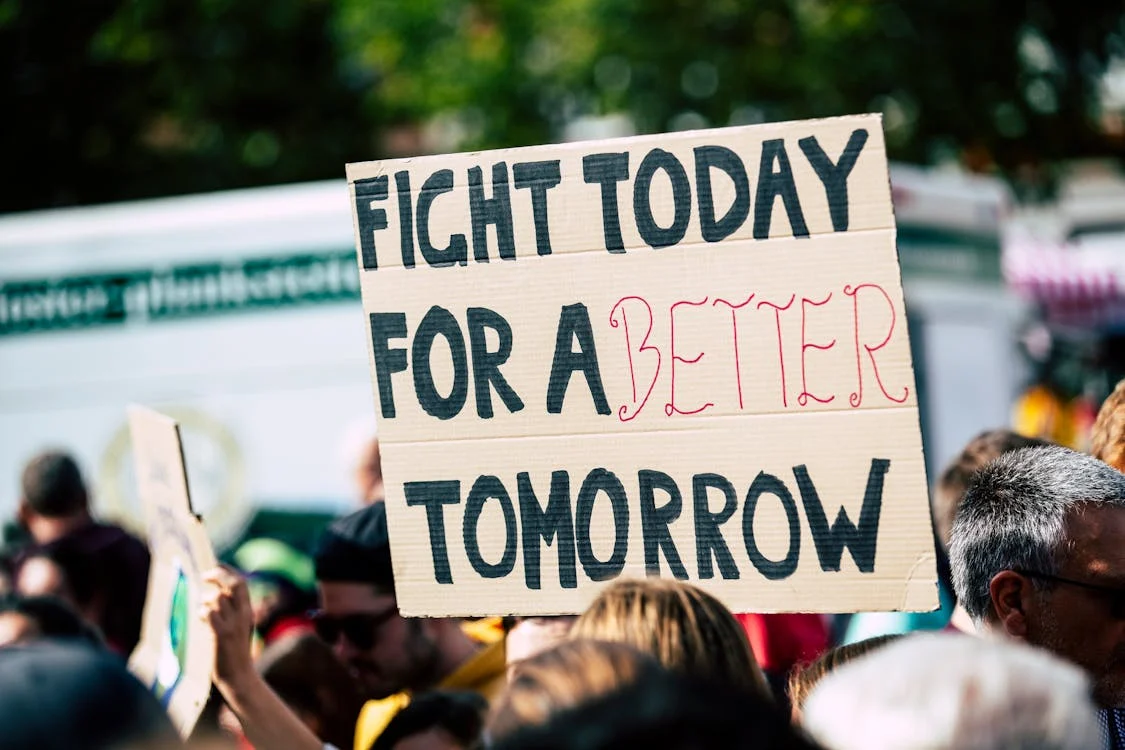The Reparations Movement and the Law
One or more well-known villains likely spring to mind when one considers Jim Crow laws, violent overseers who beat Black people on plantations, heartless auctioneers who tear apart families, or vicious cops who set dogs on Black protestors. You most likely don’t instantly consider the thousands of attorneys—including legislators, judges, prosecutors, and private attorneys—who labored in the background to legitimize these atrocities. However, the law and attorneys have been instrumental in the dehumanization of Black people, starting with the Constitution, which at first considered enslaved persons to be three-fifths of a person, and continuing with the Supreme Court’s “separate but equal” doctrine and contracts that allow the sale of human beings. Due to this past, n the fight for racial justice and reparations, attorneys and the law have a special role to play.
The state of New York abolished slavery in 1827 as a result of the campaign to end anti-Black injustice, yet despite this noble endeavor, the state remained linked to the exploitation of Black bodies. Slave individuals were accepted as collateral for loans by New York-based banks such as JP Morgan up until the Civil War, and insurance companies like as New York Life provided policies covering enslavers against loss of their “property.” Locally, anti-Black racial riots in 1863, 1900, and 1919 decimated Black communities—mass atrocities that were mainly unpunished. And long into the 20th century, policies like redlining were devaluing Black lives and Black property.
The median white household in New York has over 15 times more wealth than the median Black household, a wealth difference that is 50% larger than the national average, as a result of these and other cumulative injustices. Furthermore, Black New Yorkers still have lower life outcomes in practically every area, including the criminal justice system, health, and education.
In order to compensate for the extent of this injury, the reparations movement makes use of well-known legal doctrines. Reparations procedures provide a chance to evaluate and address communal harms and injustices, much as plaintiffs who have experienced abuses such as battery, assault, wrongful imprisonment, conversion, and unjust enrichment can file civil claims to have their harms acknowledged and made whole.
The first step in New York’s reparations process will be to create a thorough and accurate record of what happened. Reparations commissions are able to rebuild a thorough picture of the past—as well as how it relates to the present—by using historical records, statistical evidence, and witness testimony. The extensive study of the California Reparations Task Force, which describes the history of anti-Black oppression in that state and its continued effects on housing, education, political representation, the environment, and other disciplines, is one encouraging recent example of this work.
Creating remedies is the second, and frequently more difficult, task of reparations; nonetheless, here too, recourse to “traditional” legal concepts is instructive. Placing plaintiffs in the same situation they would have been in if the injury had not occurred is the foundation of civil law. This is a helpful guide even though we are aware that it is either extremely tough or almost impossible. In order to attain actual equality in our society, reparations campaigners propose that we level the racial wealth gap and remove racial disparities in housing, health, education, and other aspects of life outcomes.
History provides a number of models for making direct payments to victims of past wrongs and their descendants. These include housing assistance for survivors of housing discrimination in Evanston, Illinois, payments authorized by Congress for victims of Japanese American internment during World War II, scholarships designated for survivors of the Rosewood massacre in Florida, and German payments to Holocaust survivors. State and local initiatives are essential for developing the momentum and factual record needed for a national endeavor, even though it is likely that only the federal government has the resources to cover the entire cost of reparations for slavery.
Attorneys could continue to be one of the main barriers to justice. Conservative legal operatives such as Edward Blum, who has been instrumental in the drive to undermine voting rights, DEI, and affirmative action, have expressed hostility to reparations attempts and have threatened the Evanston panel with letters in an attempt to sabotage them.
Fortunately, federal courts have so far declined to overturn reparations initiatives, characterizing the government’s desire to address historical discrimination by state actors as “unquestionably” compelling. This is especially true when the acts in question are well-documented and the proposed remedies are specifically designed to address the harm caused.
The reparations movement is still gaining traction in spite of critics like Blum. Particularly in New York, attorneys have the chance to influence history in the correct directions, acknowledge the wrongs of the past, and contribute to the creation of a more promising future.





0